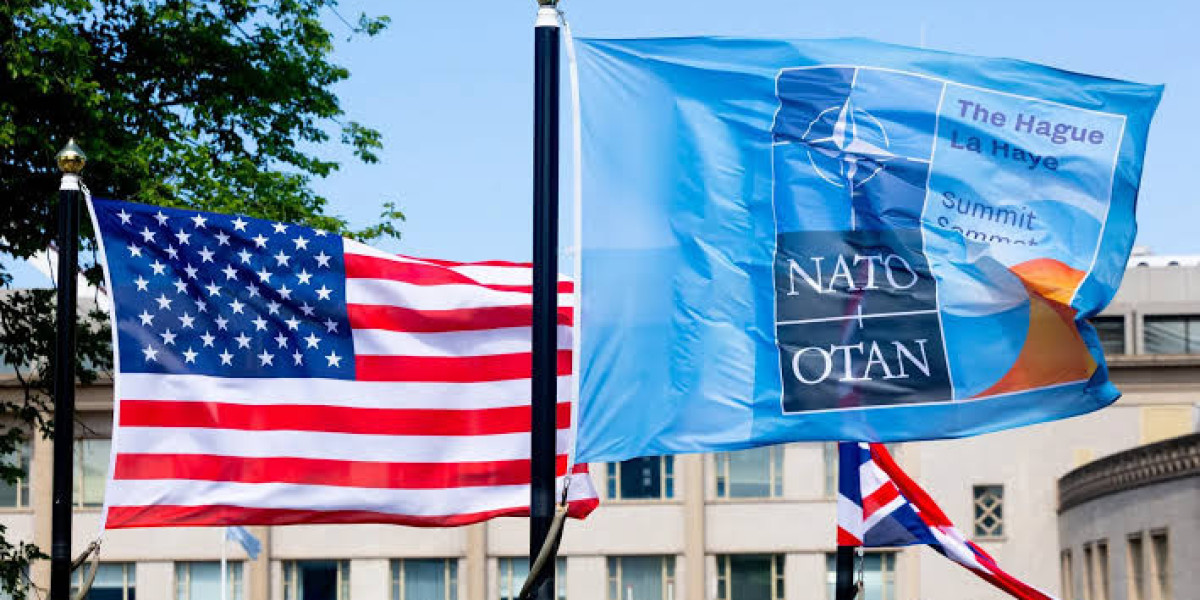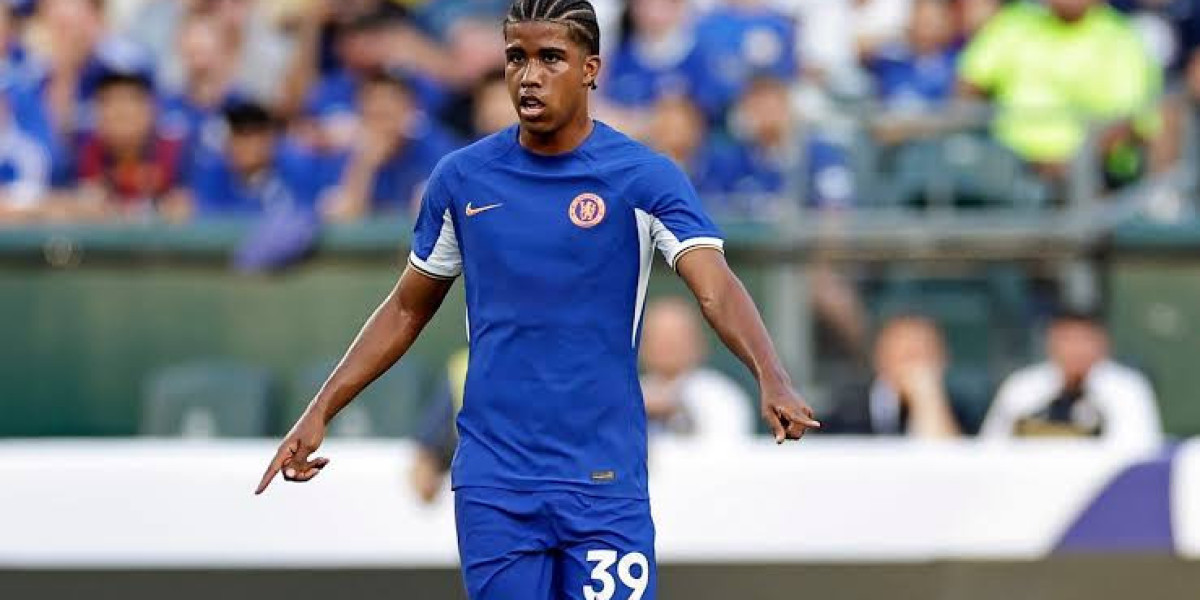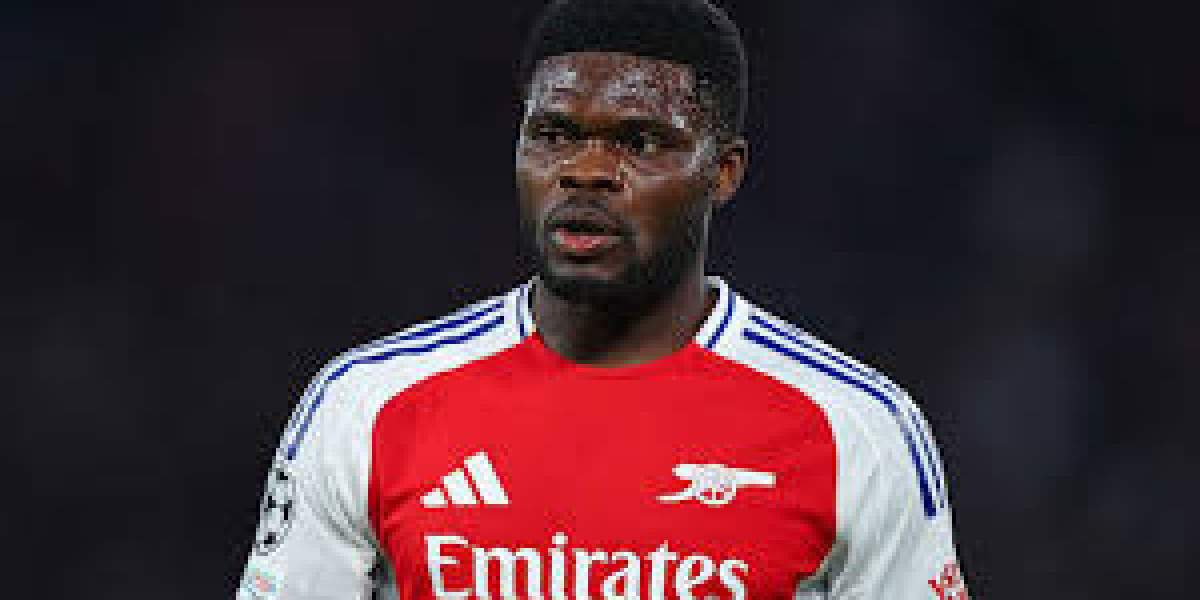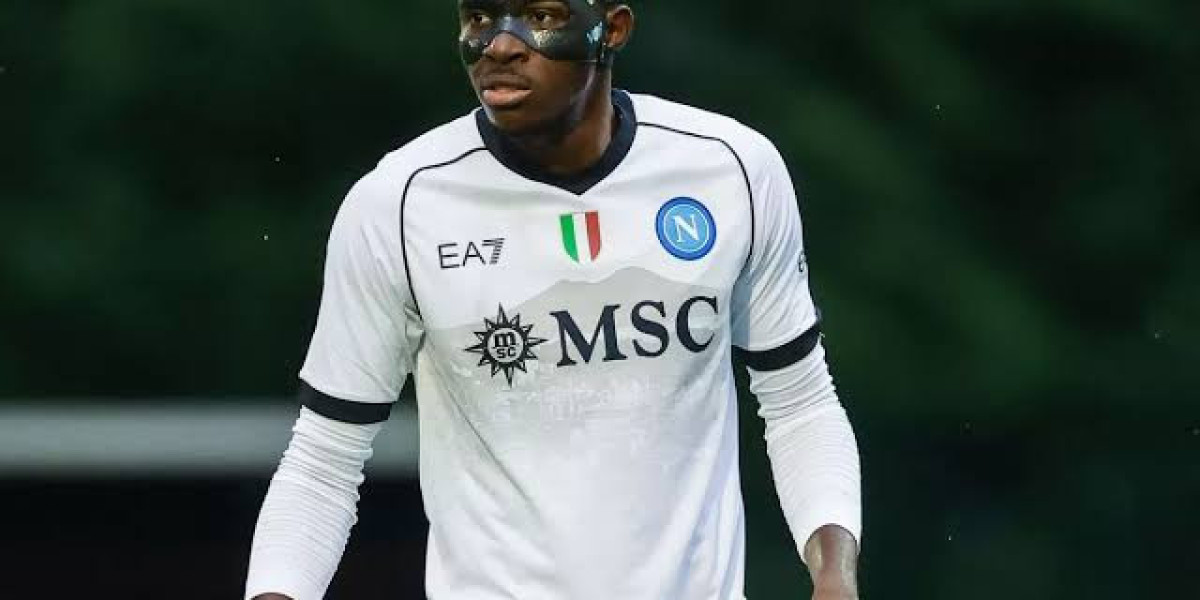NATO leaders are concluding a pivotal summit in The Hague today, grappling with calls for a significant increase in defense spending, the unwavering war in Ukraine, and pointed questions about the very bedrock of the alliance's mutual defense pact. The two-day summit (June 24-25, 2025) has been dominated by a United States-led push for member nations to commit 5% of their Gross Domestic Product (GDP) to defense, a substantial leap from the previous 2% target.
This ambitious proposal has been met with mixed reactions, exposing fissures within the 32-member alliance. Spain has publicly rejected the 5% figure as "unreasonable," with Prime Minister Pedro Sánchez arguing it would be "counterproductive" to his country's economic and social welfare. In contrast, other nations, including Canada, have signaled their intent to meet the new target, highlighting the growing pressure on allies to bolster their military capabilities in response to a more aggressive Russia.
The summit's agenda has been heavily influenced by the ongoing conflict in Ukraine. Ukrainian President Volodymyr Zelenskyy, in a direct address to the leaders, delivered a stark warning that Russia could be in a position to attack a NATO member state within the next five years. He implored the alliance for more rapid and substantial military aid to fend off Russian aggression. In a show of solidarity, NATO Secretary General Mark Rutte confirmed continued and robust support for Ukraine, highlighting the alliance's commitment to helping the nation defend itself.
Adding another layer of complexity to the discussions are recent comments from President Donald Trump, who has cast doubt on his country's commitment to NATO's Article 5, the collective defense clause that obligates members to come to the aid of an attacked ally. These remarks have caused palpable anxiety among European members who rely on the American security guarantee.
In response to the heightened security concerns, NATO is taking concrete steps to enhance its defensive posture. The alliance is reportedly finalizing an "updated Defence Production Action Plan" and a new "Commercial Space Strategy." These initiatives are aimed at streamlining and boosting the production of military hardware and leveraging space-based assets to improve intelligence and operational effectiveness.
As the summit draws to a close, the key takeaways point to a NATO at a crossroads. While united in its condemnation of Russian aggression and its support for Ukraine, the alliance faces internal challenges over burden-sharing and external anxieties about the future of transatlantic security. The coming months will be crucial in determining whether the ambitious new defense spending targets can be universally adopted and how the alliance will navigate a world of shifting geopolitical plates.










